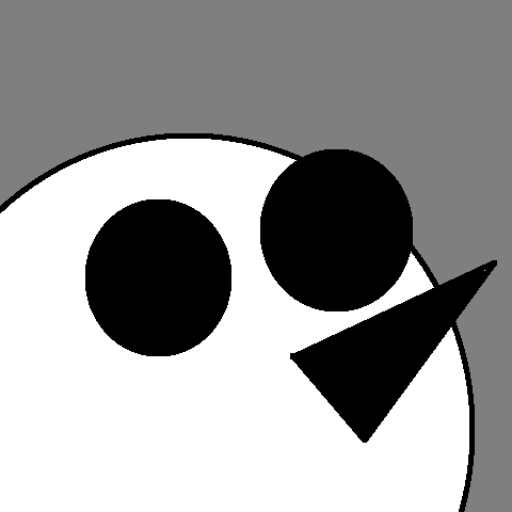“This series just continues to impress me. It’s so different from just about anything else out there. It’s got the ability to go between wild fiction to real moments of pain. It runs the gamut of emotion, and at the same time it’s a legitimately fun read.
This volume focuses mostly on Tony Chu’s sister, Antonia. I’ve been reading a lot of stuff online lately that questions female comic book characters, especially the way they appear and the way they dress. I have to say, Antonia is one of the better female characters I’ve seen in a while. Not because she does or does not fall into typical stereotypes, but because in just a few issues here I really came to like her as a character. She adds a great deal to the fictional world here, and she does so through her personality.
Chew makes a really interesting entry into the discussions about imagery in comics and what these images mean.
For starters, Chew does feature characters with *ahem* let’s call them “un-nuanced proportions”:

Buuuuut this is, played up for comic effect oftentimes. It’s kind of an interesting way to do it because the artist gets to have his (cheese)cake and eat it too.
There’s really a lot of play with the art when it comes to proportion all around. Take this character, for example:

Every time he shows up, I swear to god that the artist makes a big point of trying to show off how huge this guy’s gut is. For the love of god, it’s coming out of the bottom of his flak jacket. And look how short his legs are.
The thing is, when you read this book you get the sense that the artist is having actual fun illustrating this book. Like he enjoys drawing the characters. At first glance, it feels like, “Oh, jeez. Another comic book that is all about huge breasts.” However, this is also a world in which there is a deadly cyber-rooster, the FDA is the equivalent of the FBI, there are vampires(?), and the romances are somewhat atypical. What I’m saying is that the world only vaguely resembles our own, and it would be a lie if the characters looked like people we knew.
Which is kind of what I think about when people talk about the outfits superheroes wear. It’s true, Power Girl probably does not require a boob window according to our standards of dress. However, we do not live in a world where people regularly wear capes, fight intergalactic evil, or temporarily become the guardians of a city contained within a bottle. Sure, we’ve all had to city-bottle-sit for a friend here and there, but that’s mostly just making sure it doesn’t fall off the counter. I generally try to not get involved with the actual citizens if at all possible.
So why should the outfits and bodies of people who are not real and engage in activities that do not resemble our own have anything to do with our current dress codes? I mean, if we were going to be realistic, wouldn’t Superman just fight crime in sweat pants and a baseball hat? He’s wasting valuable time putting on his outfit, an outfit in which underpants have belt loops. Or how about the Hulk? Does it make sense for the Hulk to be anything besides completely nude?
Honestly, if we need a Why here, I could hazard a guess:
I think comic book characters are drawn this way because it’s fun to draw and because Power Girl sales would probably not increase if her shirt was filled in.
You know what I think would be a great marketing idea for DC comics? Sell two subscriptions to Power Girl. They have the same storylines, same dialogue, but one features a modest Power Girl, one the traditional. People can then choose to subscribe to 12 issues of whichever Power Girl they prefer. THEN, we see what percent from each, the regular and the modest, renew after a year. That makes it pretty easy, in my opinion.
But whatever. It’s not that important to me. Power Girl is not really my type. What can I say, gentlemen prefer women who haven’t been mind-wiped 37 times by post-Crisis-on-Infinte-Earth continuity changes.”
